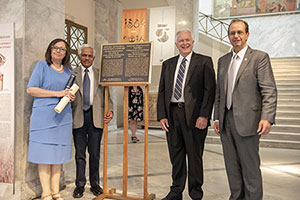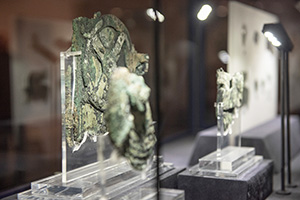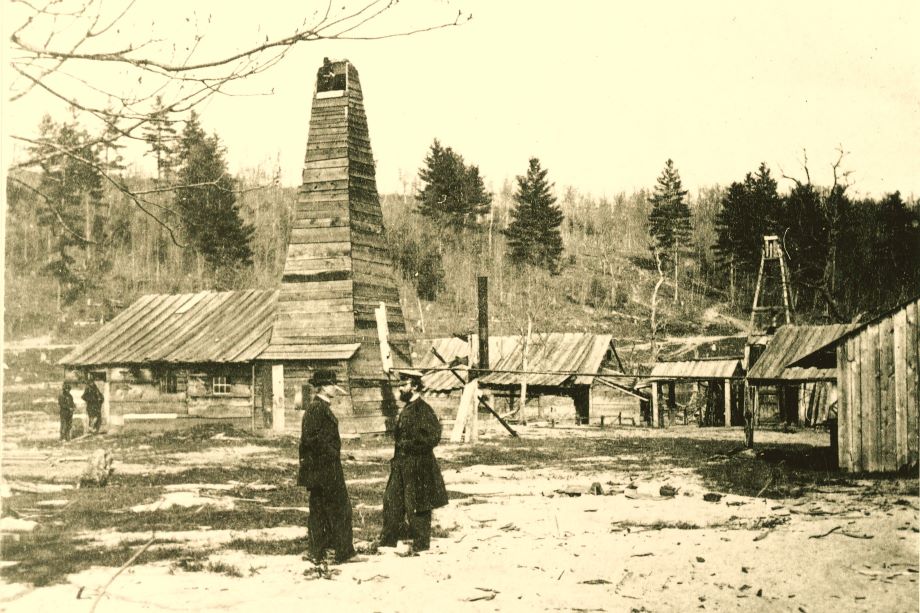Antikythera Mechanism Named Latest ASME Landmark
Antikythera Mechanism Named Latest ASME Landmark
Last month, ASME designated the Antikythera Mechanism, the earliest known analog computer, as the Society’s 271st Historic Mechanical Engineering Landmark. The device, which was discovered in 1901 in a shipwreck from the first century B.C., was recognized for its significance to the progression of mechanical science and technology in a landmark designation ceremony on June 26 at the National Archeological Museum in Athens, Greece.
An inscribed astronomical and calendrical device, the Antikythera Mechanism was designed to predict astronomical phenomena such as lunar and solar eclipses, to ensure calendar accuracy and to select the dates of the Panhellenic Games, the ancient Olympic Games. The mechanism’s miniature scale, the elaborate gear trains, the use of differential and epicyclic gears, and use of pin-and-slot couplings revealed that Greek mechanicians of the second century B.C. were considerably more proficient in the design of geared devices than surviving written sources had suggested. Similarly complex geared devices would not surface again in Europe until the mechanical clocks of the 13th century.
During the ceremony, ASME President Richard Laudenat presented the landmark plaque to Dr. Maria Logogianni, the director of the National Archeological Museum, where the remains of the original apparatus are currently housed. Approximately 110 people attended the event, including the entire ASME History & Heritage Committee and representatives from Pratt & Whitney and Aegean Airlines.
“The Antikythera Mechanism has captured the imaginations of engineers, scientists, historians and many others for more than a century,” Laudenat said about the device. “ASME fully recognizes its significance in the evolution of mechanical engineering, as well as its role in educating and inspiring new generations of engineers, computer scientists and researchers.”
Since the ASME History and Heritage Landmarks Program began in 1971, the Society has recognized 271 artifacts as historic mechanical engineering landmarks, heritage collections or heritage sites. To learn more about the program, visit www.asme.org/about-asme/engineering-history/landmarks/about-the-landmarks-program.





